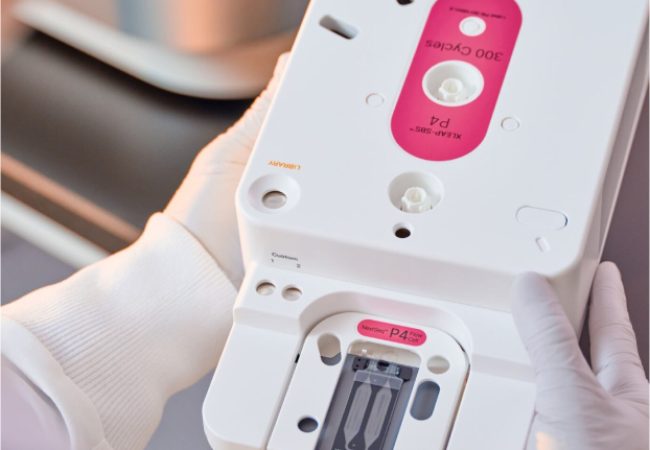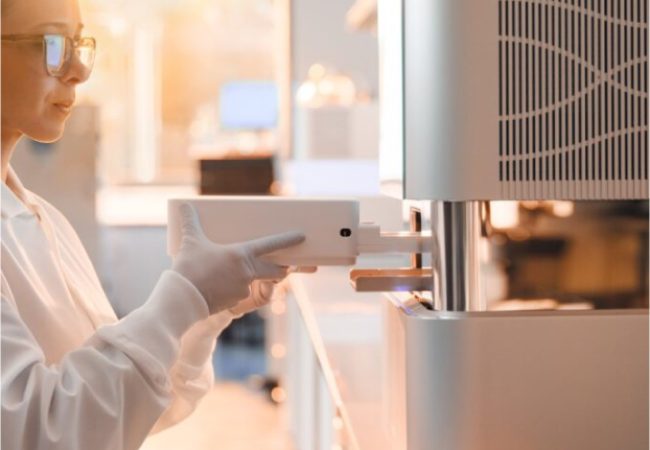Introduction to NGS


About the Product
What is Next-Generation Sequencing?
Our Product
We Provide Various Directions
- Overview
- Applications
- Documentation
- Technology
- Using NGS
- Resources

How does Illumina NGS work?
Illumina NGS technology utilizes a fundamentally different approach from the classic Sanger chain-termination method. It leverages sequencing by synthesis (SBS) technology – tracking the addition of labeled nucleotides as the DNA chain is copied – in a massively parallel fashion.
Next-generation sequencing generates masses of DNA sequencing data, and is both less expensive and less time-consuming than traditional Sanger sequencing.2 Illumina sequencing systems can deliver data output ranging from 300 kilobases up to multiple terabases in a single run, depending on instrument type and configuration.

Applications of NGS
Next-generation sequencing technology has fundamentally changed the kinds of questions scientists can ask and answer. Innovative sample preparation and data analysis options enable a broad range of applications. For example, NGS allows labs to:
- Rapidly sequence whole genomes
- Deeply sequence target regions
- Utilize RNA sequencing (RNA-Seq) to discover novel RNA variants and splice sites, or quantify mRNAs for gene expression analysis
- Analyze epigenetic factors such as genome-wide DNA methylation and DNA-protein interactions
- Sequence cancer samples to study rare somatic variants, tumor subclones, and more
- Study the human microbiome
- Identify novel pathogens

NGS workflow
The next-generation sequencing workflow includes three basic steps: Library preparation, Sequencing, and Data Analysis.

Advances in NGS technology
Recent Illumina next-generation sequencing technology breakthroughs include:
- XLEAP-SBS chemistry: This innovation delivers increased speed and greater fidelity compared to standard Illumina sequencing by synthesis (SBS) chemistry.
- Up to 16 Tb: The NovaSeq X Series provides extraordinary sequencing power to fuel data-intensive applications.
- Semiconductor sequencing: This technology combines a complementary metal-oxide semiconductor (CMOS) chip with one-channel SBS to deliver high-accuracy data in a compact instrument.
- Patterned flow cell technology: This advance provides an exceptional level of throughput for diverse sequencing applications.

Instrument buying guidance
The resources below offer valuable guidance to scientists who are considering purchasing a next-generation sequencing instrument.
- View NGS platform comparison tables
- Read our NGS System Buyer's Guide to determine what factors to consider before making your purchase.
NGS experimental considerations
Learn about read length, coverage, quality scores, and other experimental considerations to help you plan your sequencing run.
Use our interactive tools to help you create a custom NGS protocol or select the right products and methods for your project.

Resources for high-throughput NGS labs
- High-throughput sequencing: Process more samples to improve statistical power. Cost-effectively run data-rich multiomics applications using the latest large-scale sequencers.
- Library prep automation: Explore automated liquid handling solutions designed to help labs prepare large quantities of NGS libraries.
- Lab information management systems (LIMS): Automate workflows, integrate instruments, and manage samples.
- NGS data storage: Securely store vast quantities of NGS and other genomics data.


